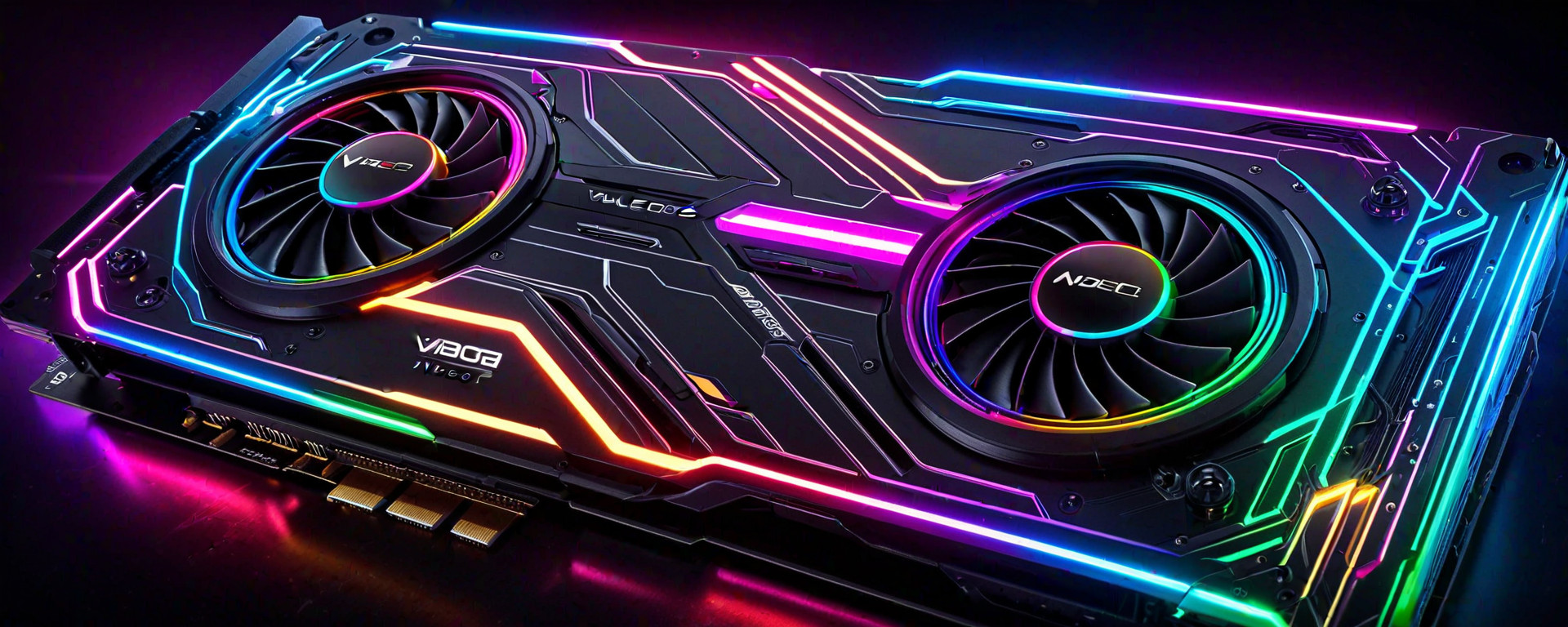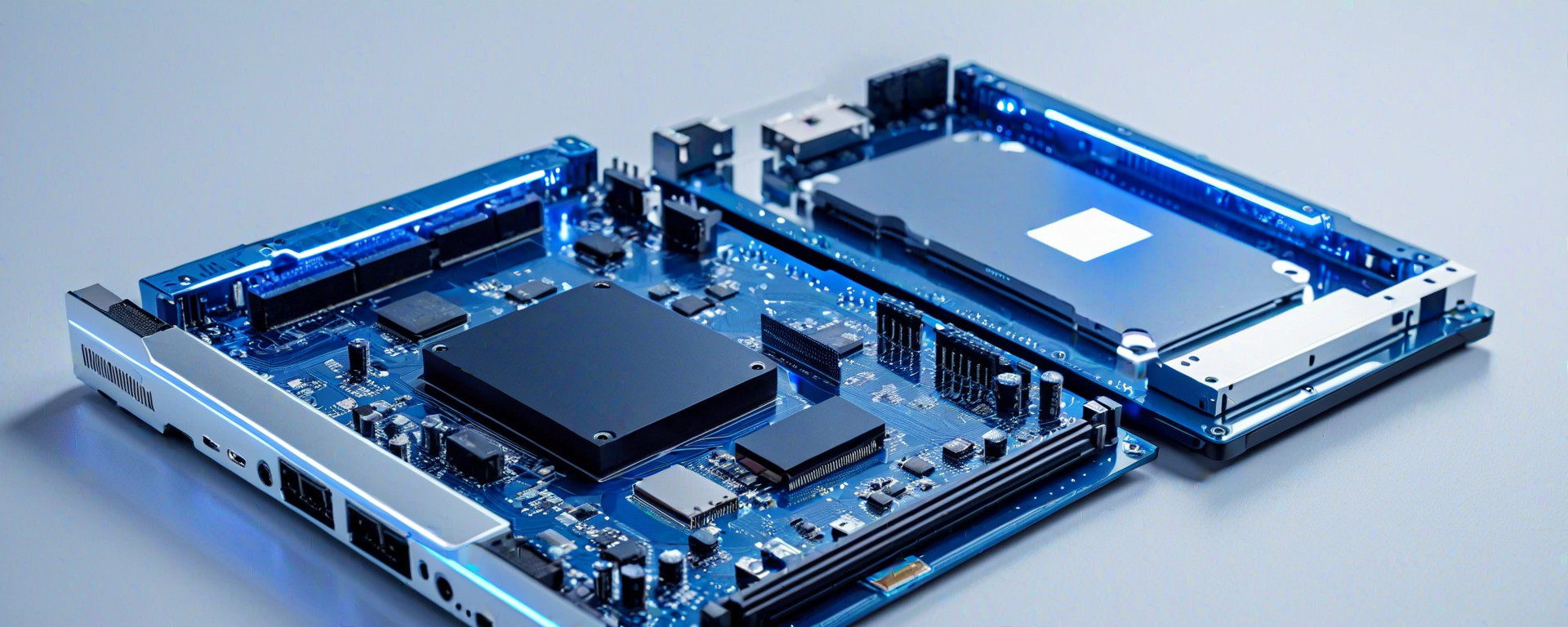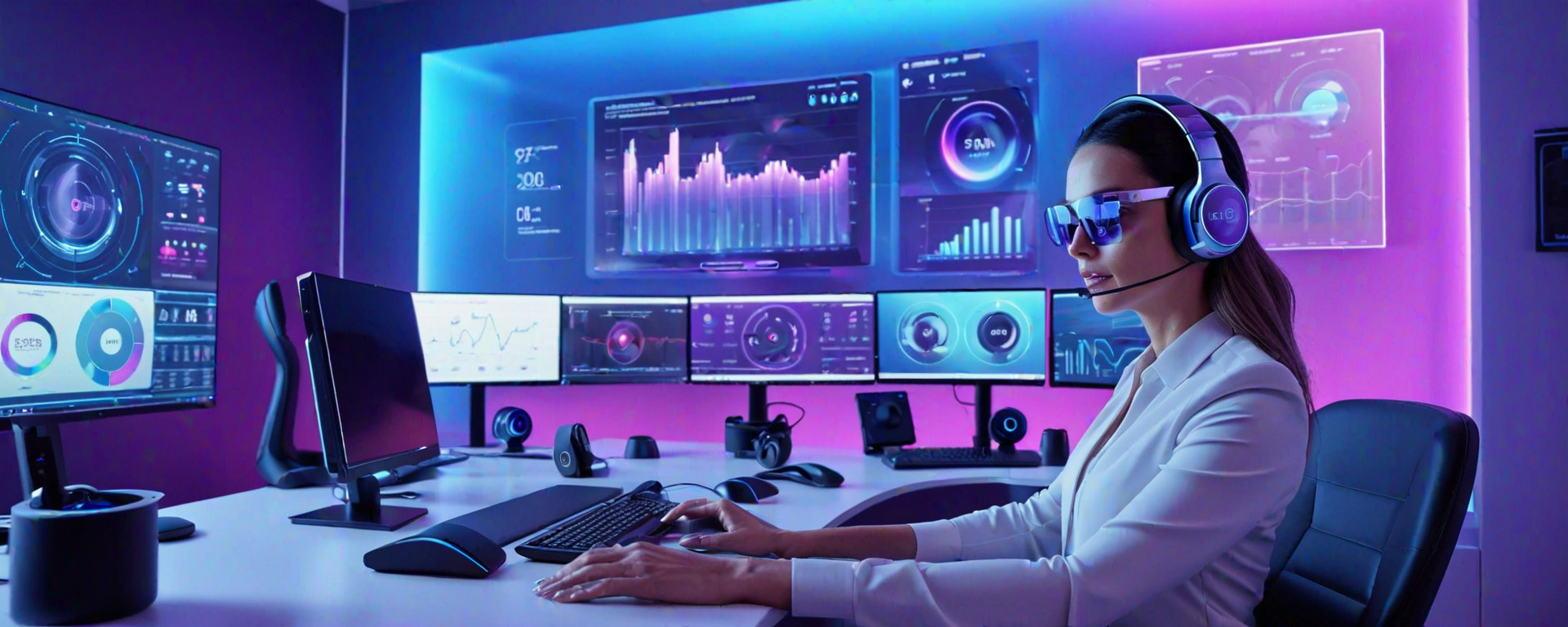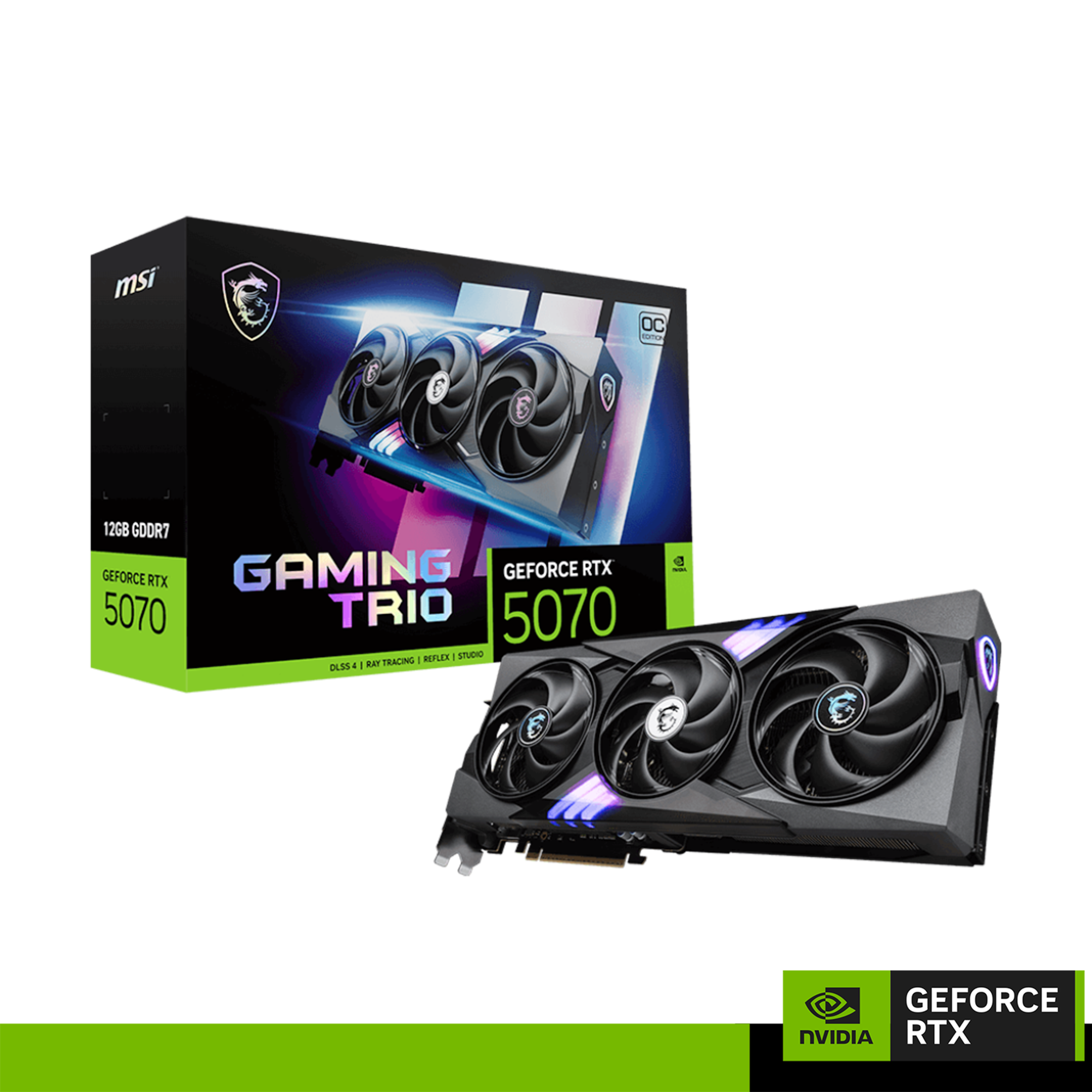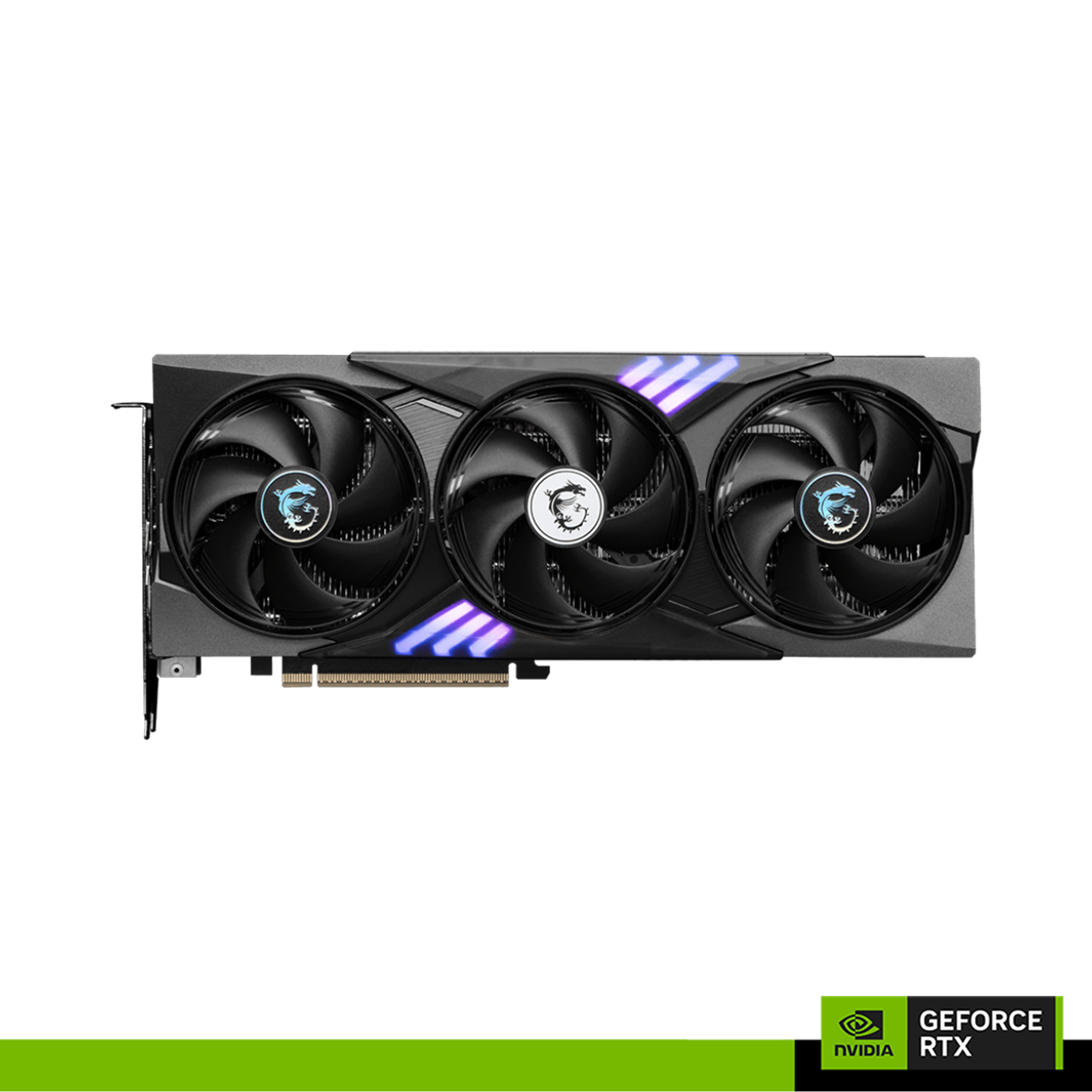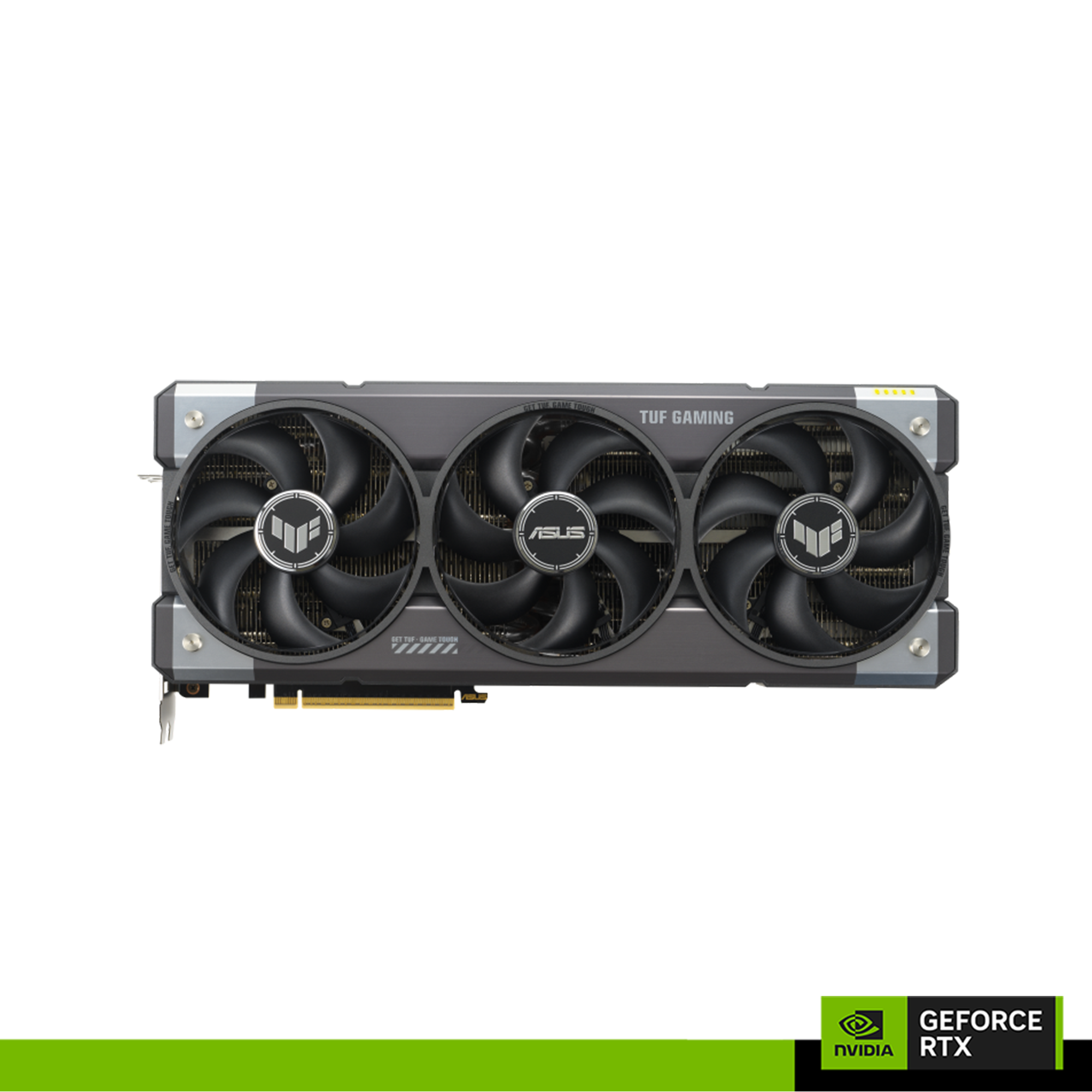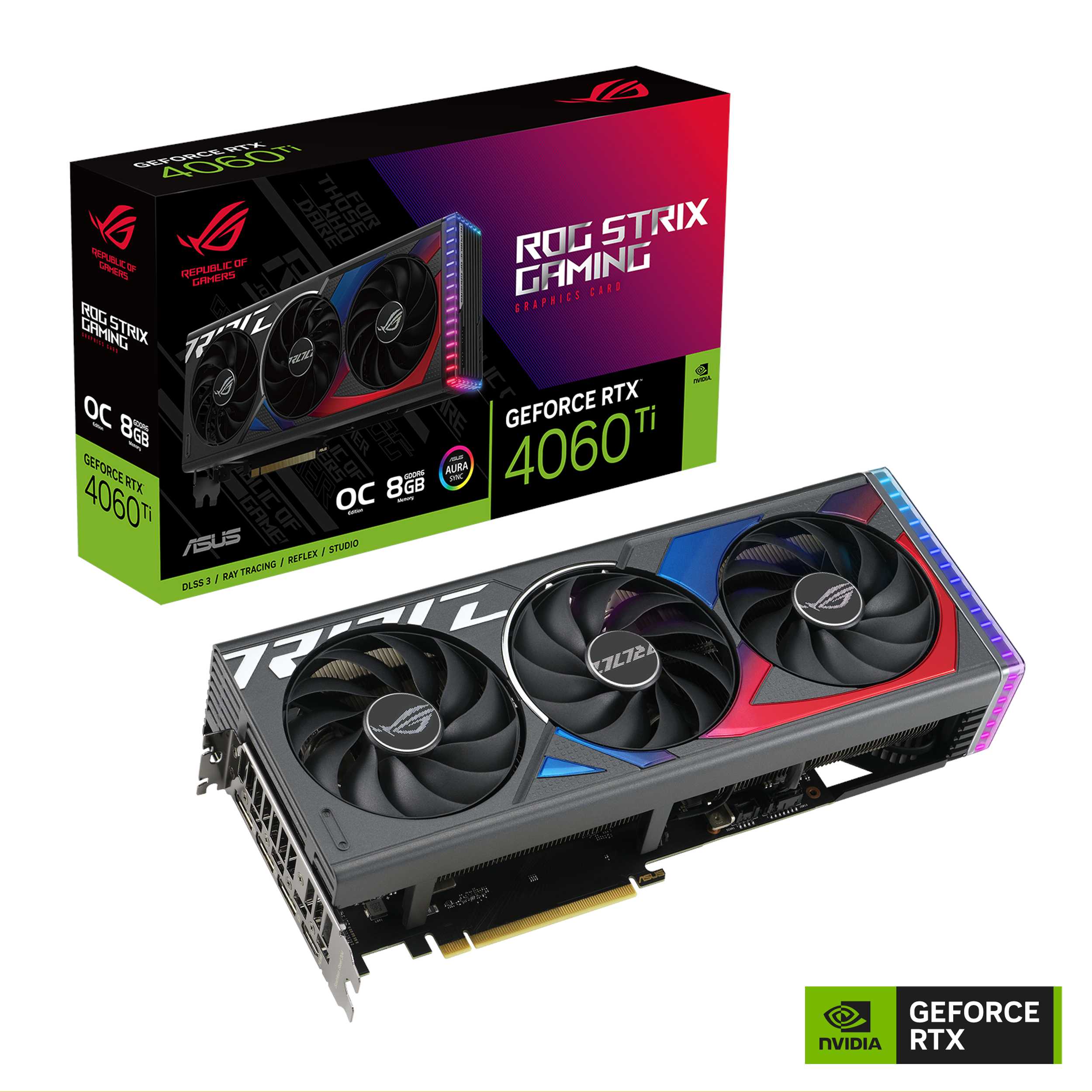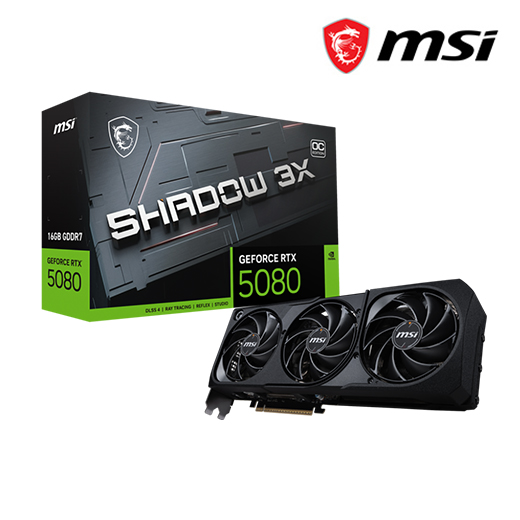Introduction to Upgrading Your Video Card for High FPS
The world of gaming has evolved dramatically over the years, with players seeking out ever more immersive experiences that demand high frame rates (FPS) to maintain smooth gameplay. Whether you're a casual gamer looking to enhance your experience or a hardcore enthusiast pushing the limits of technology, upgrading your video card is often the best way to achieve significant performance gains. This article delves into the nuances of choosing the perfect video card for gaming, focusing on those that deliver high FPS in today's most demanding titles.
Recent advancements in graphics card technology have introduced powerful GPUs from manufacturers like NVIDIA and AMD, each offering unique features and performance capabilities. With so many options available, it can be overwhelming to decide which one suits your needs best. This guide aims to simplify the process by providing an in-depth analysis of top-tier video cards, their key features, and real-world performance metrics.
Overview of Key Features
Selecting a high-performance video card involves considering several critical factors:
- Clock Speeds: Higher clock speeds generally equate to better performance in demanding games. Look for cards with base and boost clock rates that match or exceed your expectations.
- Memory Type & Size: GDDR6 is currently the standard for high-end GPUs, offering faster data transfer speeds compared to older DDR5 memory. Ensure the card has sufficient VRAM (4GB minimum) to handle modern games at desired settings.
- Power Consumption: High-performance cards often require more power than lower-tier models. Check if your PSU can support the card's TDP and consider adding a secondary power connector for stability.
Cooling Solutions
An effective cooling system is crucial to prevent overheating, which can lead to throttling or even hardware damage. Look for cards with robust thermal designs featuring multiple heatsinks, fans, and potentially vapor chambers:
- NVIDIA's GeForce RTX series offers advanced cooling mechanisms like axial flow fans and copper heat pipes.
- ASUS ROG Strix cards are known for their comprehensive cooling solutions, including 0dB technology that allows silent operation when the card is under low load.
Performance Metrics and Benchmarks
To understand how well a video card performs in real-world scenarios, it's essential to look at benchmarks conducted by reputable sources:
- GPU Benchmark Websites: Websites like CPUbenchmark.net and GPUbenchmark.net provide detailed performance metrics across various tasks.
- Review Sites: Websites such as Tom's Hardware, AnandTech, and TechPowerUp conduct extensive reviews, covering everything from raw performance to overclocking potential.
- Frame Rates in Games: Look at specific game benchmarks for titles you play frequently. Sites like UserBenchmark offer real-time data from actual users, giving a practical insight into expected performance.
Technical Specifications Comparison
Below is a detailed comparison of three top-tier video cards based on their technical specifications:
| NVIDIA GeForce RTX 3080 | ASUS ROG Strix Radeon RX 6900 XT | MSI GeForce RTX 3070 Gaming X Trio | |
|---|---|---|---|
| Clock Speed (Base/Boost) | 1440 MHz / 1710 MHz | 2015 MHz / 2250 MHz | 1500 MHz / 1830 MHz |
| Memory (Type/Size) | GDDR6X, 10 GB | GDDR6, 16 GB | GDDR6, 8 GB |
| Cooling System | Axial flow fans, copper heat pipes | Triple axial fans, vapor chamber cooler | Dual fan cooling system with air-cooled VRM |
| Powder Consumption (TDP) | 320 W | 350 W | 220 W |
Pros and Cons Analysis
Evaluating the pros and cons of each card helps in making an informed decision:
| NVIDIA GeForce RTX 3080 | ASUS ROG Strix Radeon RX 6900 XT | MSI GeForce RTX 3070 Gaming X Trio | |
|---|---|---|---|
| Pros | Built-in ray tracing and DLSS technology, high frame rates in AAA games. | Excellent cooling performance, robust construction, superior power efficiency. | Cost-effective for its performance level, compact design suitable for small form factor builds. |
| Cons | Highest TDP among the three, expensive price point. | Limited availability due to high demand and production constraints. | Lower VRAM compared to competitors, may struggle with 4K gaming at ultra settings. |
User Reviews and Community Feedback
Considering real user experiences can provide a practical perspective on card performance:
- UserBenchmark: Offers real-time data from users, highlighting strengths and weaknesses in actual use cases.
- Reddit communities like r/buildapc, where enthusiasts share their experiences with specific hardware.
Compatibility Considerations
Ensure the chosen card is compatible with your build:
- Physical Compatibility: Check if there's enough space in your case for dual-slot or triple-slot cards. Also, verify compatibility with your motherboard.
- Cable Management: Dual-slot and larger cards often come with extended power connectors that require proper cable management to avoid clutter.
Future-Proofing Your Build
Investing in a card that can handle future games and technological advancements is wise:
- NVIDIA's GeForce RTX series supports ray tracing and DLSS, enhancing visual fidelity and performance.
- AMD's Radeon Technology Suite offers features like FidelityFX for improved image quality.
Maintenance Tips and Best Practices
To ensure longevity and optimal performance:
- Cleaning Dust Regularly: Use compressed air to remove dust from fans, heat sinks, and other components. Avoid using liquid or spray cleaners that can damage the card.
- Monitor Temperatures: Keep an eye on temperatures during gameplay to ensure they don't exceed safe operating levels (usually around 80°C).
Frequently Asked Questions
Addressing common queries helps in understanding key aspects of video card selection:
- What's the difference between GDDR6 and DDR5 memory?
GDDR6 offers higher bandwidth, crucial for transferring large amounts of data quickly, making it more suitable for high-performance GPUs. - How do I choose between NVIDIA and AMD cards?
Consider factors like your preferred gaming ecosystem (e.g., DirectX 12 vs. Vulkan), availability of specific features (ray tracing, DLSS), and overall performance at various price points.
Conclusion
Selecting the right video card involves balancing cost, performance needs, and future-proof considerations. By researching thoroughly, consulting benchmarks and reviews, and understanding compatibility constraints, you can make an informed decision that enhances your gaming experience significantly.
